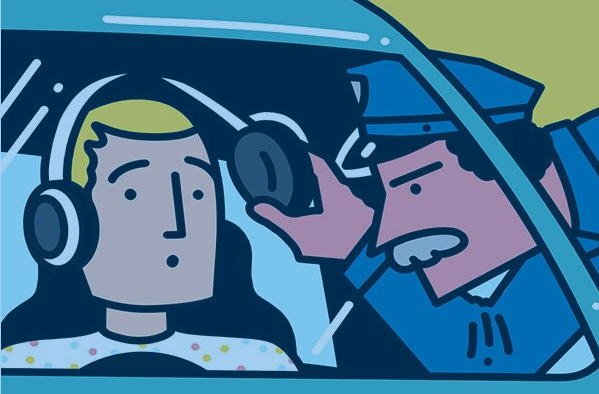
8 Surprising Causes Of Distracted Driving
Last year, crashes involving distracted driving claimed over 3,500 lives. You’ve likely heard it’s dangerous to text while behind the wheel, but here are eight other examples of potentially dangerous distractions while driving.
Driving While Angry Or Sad
Feeling distressed or mad? Take some time to cool down before you jump into a car. A recent large-scale study of 1600 crash events over a 3-year period showed that drivers who are observably angry, sad, or agitated increase their risk of getting into an accident by nearly tenfold.
Your Favorite Song
Research shows that the type of music you listen to—as well as the volume you play it at—can affect your driving. In an Israeli study of 85 teens, novice drivers who loudly blasted their favorite tunes were prone to far more errors and miscalculations. Teens that listened to softer songs they hadn’t selected (easy listening, soft rock, light jazz, etc.) showed a 20 percent decrease in deficient driving behaviors. That isn’t to say you can’t rock out while you’re driving—just keep the volume down and your eyes on the road.
Your Dog
In one recent survey, 84 percent of respondents said they had driven with their pets. However, only 16 percent said they used a form of pet restraint while traveling in a car with their dogs. In contrast, 17 percent said they allowed Fido to sit in their laps while behind the wheel, and 13 percent admitted to feeding him, or giving him treats. To avoid cuddly distractions (and keep your pet safe if you crash), make sure to put it in a backseat-friendly kennel or seat before you hit the highway.
Kids
Researchers find kid passengers in cars to be four times more distracting than adults, and infants to be eight times more distracting. However, one Australian researcher drove this point home when they found that the average parent actually takes their eyes off the road for 3 minutes and 22 seconds during a 16-minute trip.
Hands-free Technology
One study shows that talking via speakerphone, or sending a text or email with voice commands, isn’t less distracting than manually using your smart phone. Once you’re finished making voice commands, you’ll remain distracted for up to 27 seconds as you readjust to road mode. As a result, you might not notice signs, pedestrians, or even other vehicles.
Holding A Full Bladder
Taking a road trip? Make plenty of rest stops. In 2011, one hospital study concluded that having to go to the bathroom badly while driving impairs your judgment and focus on the same level as a 0.05 blood-alcohol content.
Reaching For Things In The Backseat
Make sure you’ve got everything you need with you right by you in the passenger seat. According to one recent study, grasping behind you for a water bottle, or bag, or other travel necessity makes you nine times more likely to have a car accident.
Eating While Driving
One recent poll revealed that 70 percent of 1000 surveyed drivers admitted to eating or drinking beverages while driving. Between potential spills, burns, and a slippery driver’s wheel, is it any wonder a separate study showed that those who eat and drive increase their odds of an accident by 80 percent?
If you have been injured in an accident, call us at (229) 299-8200.
AMMUNTION for the INJURED has the experience to help you with your case.
